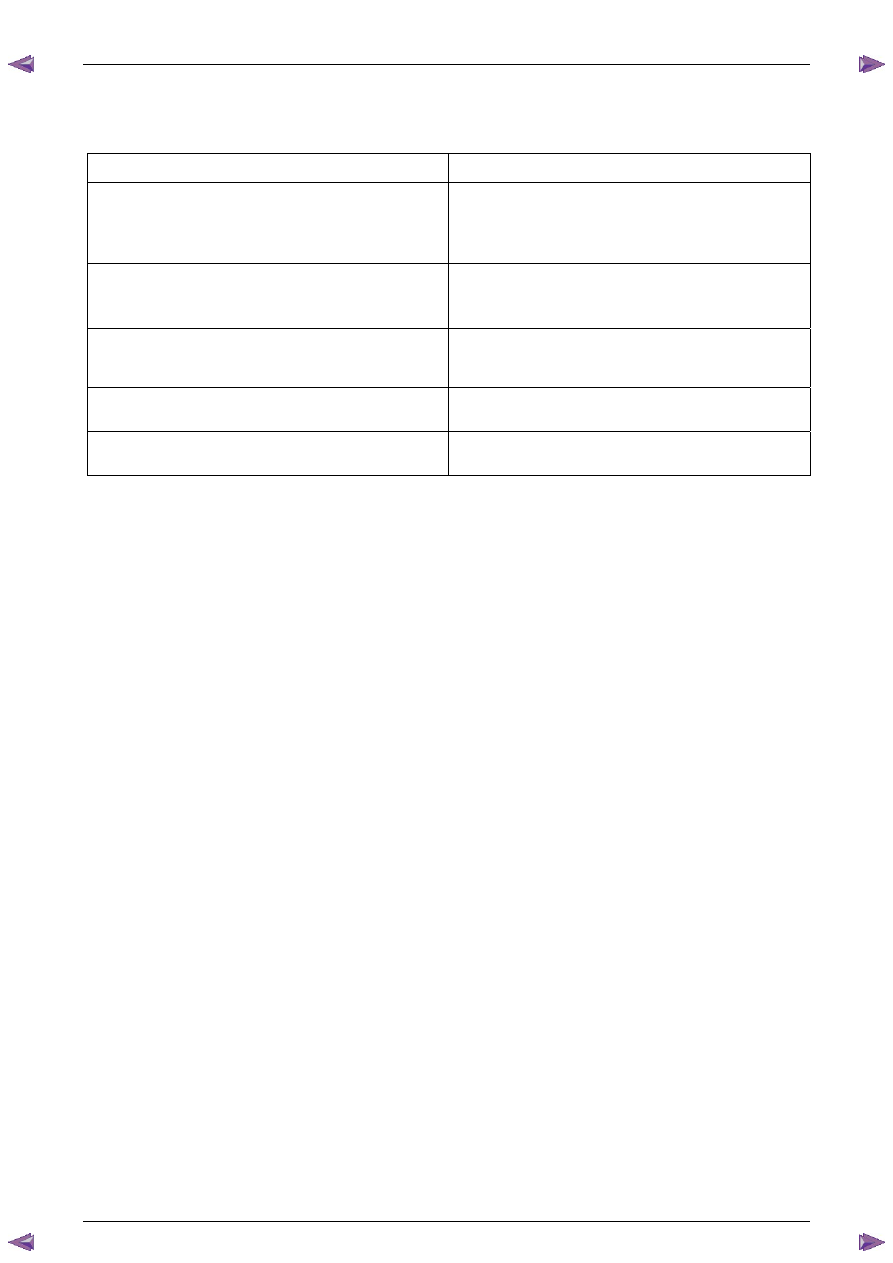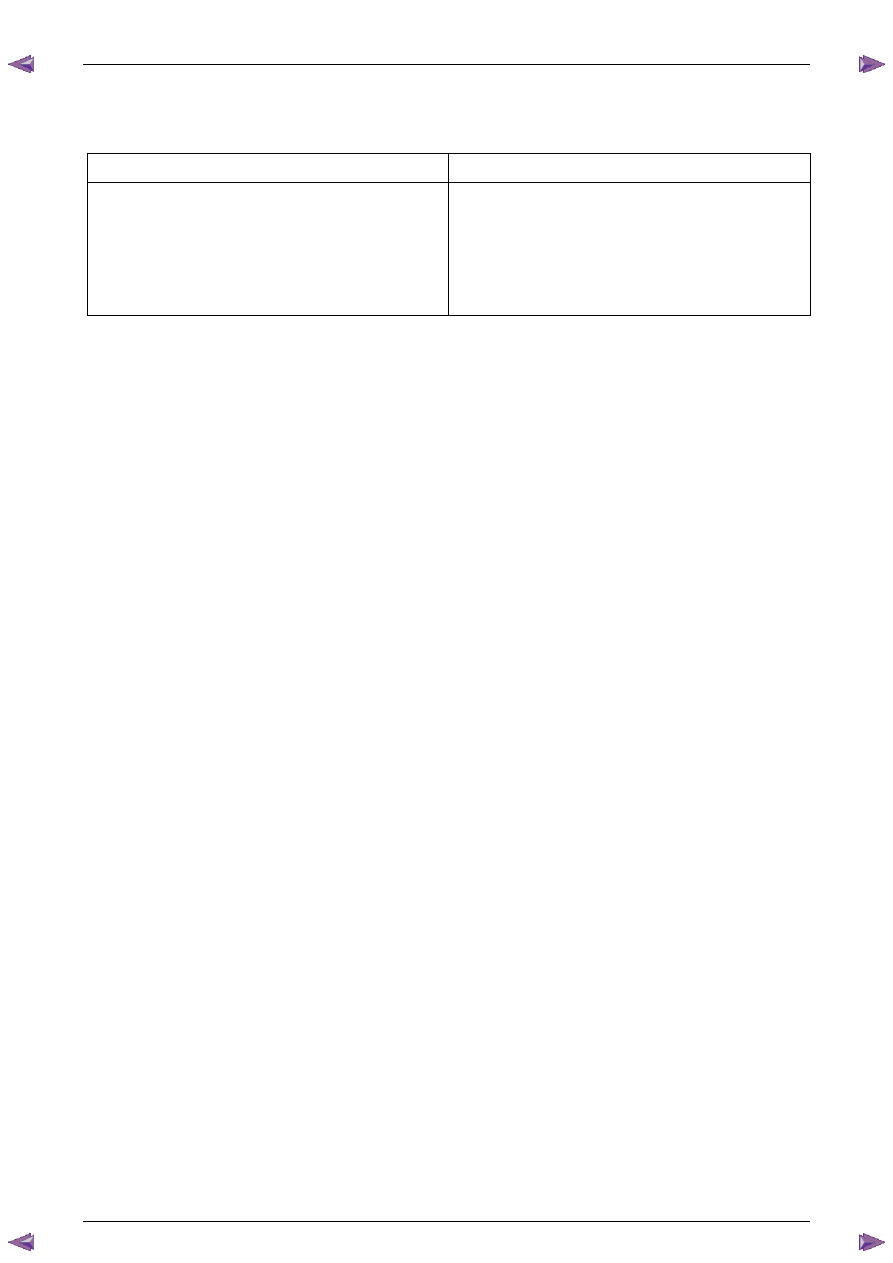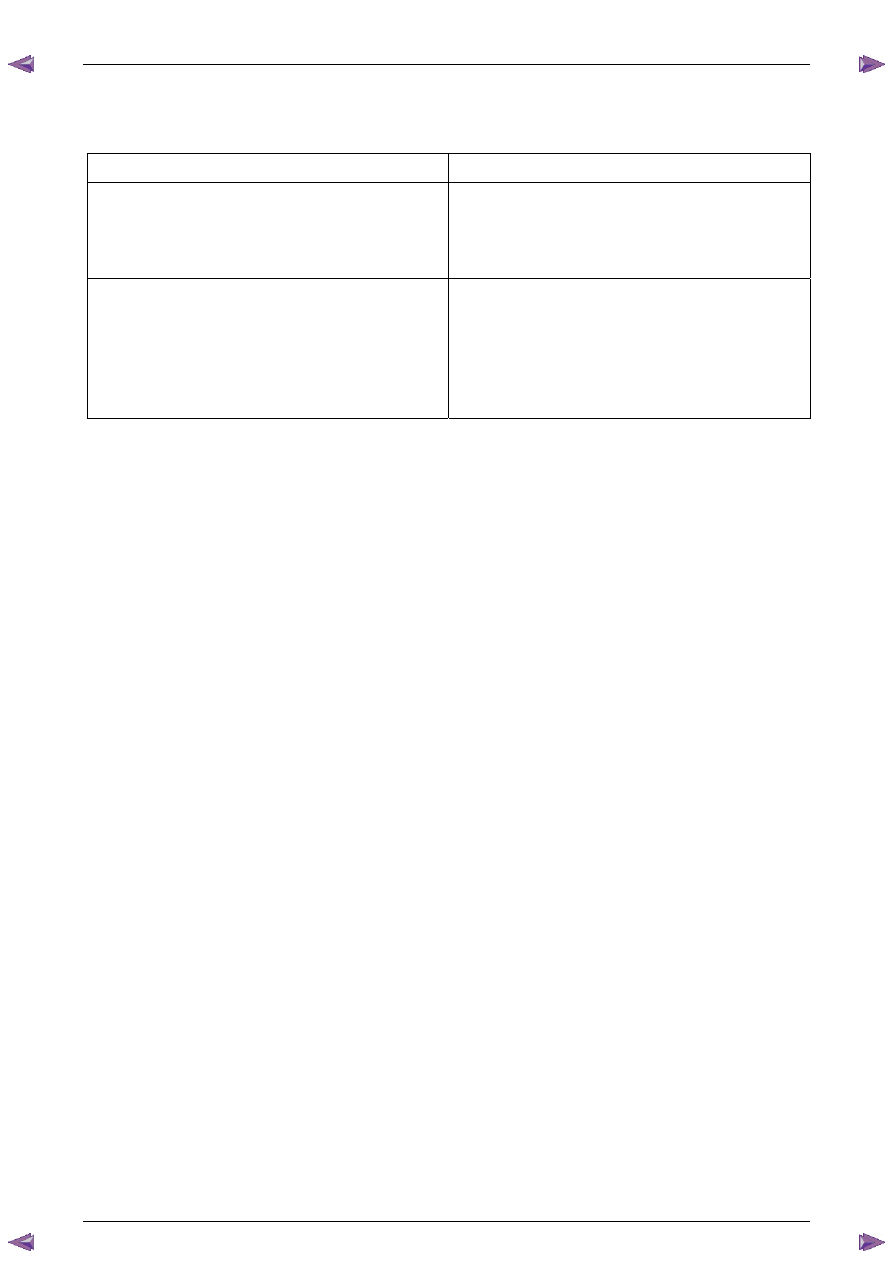Isuzu KB P190. Manual — part 703

Engine Mechanical – V6
Page 6A1–35
Page 6A1–35
2.5
Engine Misfire with Abnormal Valve
Train Noise
Cause Correction
Worn or loose stationary hydraulic lash adjusters (SHLA)
and/or valve rocker arms.
The SHLAs, rocker arm and roller bearings should be intact
and in the correct position.
Replace the SHLAs and/or rocker arms as required, refer to
3.21 Stationary Hydraulic Lash Adjuster or 3.20 Rocker
Arm.
Stuck valves.
Carbon build up on the valve stems can result in the valves
not closing correctly.
Repair or replace as required, refer to 3.22 Cylinder Head
Assembly.
Excessively worn or misaligned timing chain/s.
Replace the timing chain/s and components as required,
refer to 3.16 Timing Chains, Tensioners, Shoes and
Guides.
Worn camshaft lobes.
Replace the camshaft/s and SHLAs as required, refer to
3.19 Camshaft or 3.21 Stationary Hydraulic Lash Adjuster.
Sticking camshaft lash adjusters.
Replace the lash adjusters as required, refer to 3.21
Stationary Hydraulic Lash Adjuster.

Engine Mechanical – V6
Page 6A1–36
Page 6A1–36
2.6
Engine Misfire with Coolant
Consumption
Cause Correction
Faulty cylinder head gasket and/or cracking or other
damage to the cylinder heads and cylinder block coolant
passages.
Coolant consumption may or may not cause the engine to
overheat.
1
Inspect the spark plugs for coolant saturation, refer to
6C1-3 Engine Management – V6 – Service
Operations.
2
Inspect the cylinder heads, cylinder block and/or head
gaskets, refer to 3.22 Cylinder Head Assembly
and/or 4.7 Cylinder Block.
3
Repair or replace components as required.

Engine Mechanical – V6
Page 6A1–37
Page 6A1–37
2.7
Engine Misfire with Excessive Oil
Consumption
Cause Correction
Worn valves, valve guides and/or valve stem oil seals.
1
Inspect the spark plugs for coolant saturation, refer to
6C1-3 Engine Management – V6 – Service
Operations.
2
Repair or replace components as required, refer to
3.22 Cylinder Head Assembly.
Worn or broken piston rings.
Oil consumption may or may not cause an actual misfire.
1
Inspect the spark plugs for oil deposits, refer to 6C1-3
Engine Management – V6 – Service Operations.
2
Check the cylinders for a loss of compression, refer to
2.15 Engine Compression Test.
3
Perform compression testing to identify the cause of
low compression.
4
Repair or replace components as required.

Engine Mechanical – V6
Page 6A1–38
Page 6A1–38
2.8
Engine Noise on Start-up, but only
Lasting a Few Seconds
N O T E
A cold piston knock, which disappears in
approximately 1.5 minutes from start up, should
be considered acceptable. A cold engine knock
usually disappears when the specific cylinder’s
secondary ignition circuit is grounded out during
diagnosis.
A light rattle/tapping noise may indicate a valve train/upper engine concern, while a low rumble/knocking may indicate a
crankshaft, piston or lower engine concern.
Cause Correction
Oil filter anti-drain back valve faulty.
Replace the oil filter adaptor, refer to 3.3 Oil Filter Adaptor.
Incorrect oil viscosity.
Drain the engine oil and replace with the correct viscosity
oil, refer to 3.1 Engine Oil.
High camshaft stationary hydraulic lash adjuster (SHLA)
leak down rate.
Replace the SHLA as required, refer to 3.21 Stationary
Hydraulic Lash Adjuster.
Worn crankshaft thrust bearing.
Inspect and replace the crankshaft and/or bearings as
required, refer to 4.6 Crankshaft and Main Bearings.
Damaged or faulty oil filter by-pass valve.
1
Inspect the oil filter by-pass valve for correct
operation.
2
Repair or replace the oil filter adaptor/by-pass valve
as required.

Нет комментариевНе стесняйтесь поделиться с нами вашим ценным мнением.
Текст